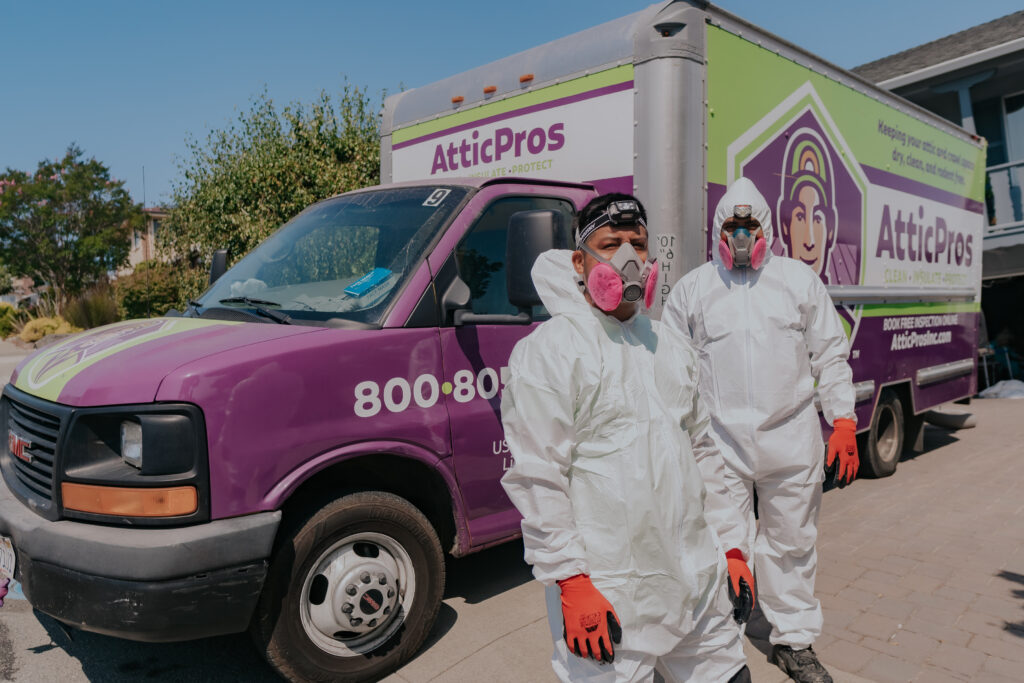As a homeowner, protecting your property from water damage should be a top priority. One of the most effective ways to prevent basement flooding and water damage is by installing a sump pump drainage system. In this blog post, we’ll discuss why sump pump drainage installation is a must-have for every homeowner.
What is a Sump Pump?
Before diving into the benefits of sump pump drainage installation, it’s important to understand what a sump pump is. A sump pump is a device that is typically installed in the lowest part of a basement or crawlspace. Its primary function is to collect water that has accumulated in a sump pit and pump it away from your home’s foundation.
Why is Sump Pump Drainage Installation Important?
Now that you know what a sump pump is, let’s dive into why sump pump drainage installation is important.
Prevents Basement Flooding: Basement flooding can be a homeowner’s worst nightmare. Not only can it cause significant property damage, but it can also lead to the growth of mold and mildew. By installing a sump pump drainage system, you can prevent water from accumulating in your basement and keep it dry.
Protects Your Home’s Foundation: When water accumulates around your home’s foundation, it can cause the soil to shift and lead to foundation damage. Sump pump drainage installation ensures that excess water is pumped away from your foundation, protecting it from damage.
Increases Your Home’s Resale Value: If you’re planning to sell your home in the future, a basement sump pump system can increase your home’s resale value. Potential buyers are more likely to purchase a home that has a sump pump drainage system installed, as it gives them peace of mind knowing that their home is protected from water damage.
Lowers Homeowner’s Insurance Premiums: Many homeowner’s insurance policies offer discounts for homes with sump pump drainage systems installed. This is because sump pump drainage installation reduces the likelihood of water damage occurring, which means that the insurance company is less likely to have to pay out for water damage claims.
Provides Peace of Mind: Finally, basement sump pump system installation provides homeowners with peace of mind knowing that their home is protected from water damage. With a sump pump drainage system installed, you can rest easy knowing that your basement will stay dry and your home’s foundation will remain protected.
Different Types of Sump Pump Systems
While sump pump drainage installation is important for preventing water damage, it’s also essential to choose the right type of sump pump system for your home. There are different types of sump pump systems available on the market, each with its own advantages and disadvantages. Let’s take a look at some of the most common types of sump pump systems:
Pedestal Sump Pumps: Pedestal sump pumps have a motor that sits on a pedestal above the sump pit. These pumps are typically less expensive than submersible pumps and are easier to maintain. However, they are also louder and less powerful than submersible pumps.
Submersible Sump Pumps: Submersible sump pumps are designed to sit inside the sump pit, making them less visible and quieter than pedestal pumps. They are also more powerful than pedestal pumps, which makes them a better option for homes that are prone to heavy flooding. However, submersible pumps are more expensive than pedestal pumps and are more difficult to maintain.
Combination Sump Pumps: Combination sump pumps combine the features of both pedestal and submersible pumps. These pumps have a motor that sits on a pedestal above the sump pit, but the pump itself sits inside the pit. Combination sump pumps are more expensive than pedestal pumps, but they are quieter than submersible pumps and more powerful than pedestal pumps.
Battery Backup Sump Pumps: Battery backup sump pumps are designed to work in conjunction with your primary sump pump system. In a power outage, the battery backup sump pump will kick in to prevent basement flooding. These pumps are more expensive than traditional sump pumps, but they provide peace of mind knowing that your basement is protected even during a power outage.
Water-Powered Sump Pumps: Water-powered sump pumps are powered by the water pressure in your home’s water supply. These pumps are less expensive than traditional sump pumps, but they are also less powerful. Additionally, they require a constant supply of water to function, which can be a problem during a drought or water shortage.
Choosing the right type of sump pump system for your home depends on a variety of factors, including the level of flooding risk in your area, your budget, and your personal preferences. Consult with a professional sump pump installer to determine which type of sump pump system is right for your home.
How to hire the right sump pump installation experts
Hiring the right sump pump installation experts is crucial to ensure that your sump pump system is installed correctly and functions properly. Here are some tips on how to hire the right sump pump installation experts:
Do your research: Start by doing some research to find reputable sump pump installation experts in your area. Check online reviews and ratings, ask for recommendations from friends and family, and check with professional organizations like the National Association of Waterproofing and Structural Repair Contractors.
Check credentials: Once you have a list of potential sump pump installation experts, check their credentials. Make sure they are licensed, insured, and certified to install sump pumps in your area. You can check their credentials by contacting the licensing board or professional organization in your state.
Request references: Ask for references from the sump pump installation experts you are considering. Contact their previous clients to ask about their experience with the installer, including their professionalism, quality of work, and customer service.
Request a written estimate: Before hiring a sump pump installer, request a written estimate that outlines the cost of the installation, including any additional costs for permits, materials, or labor. Make sure the estimate includes a detailed description of the work to be done and any warranties or guarantees.
Ask about the experience: It’s important to hire a sump pump installer with experience installing sump pumps in homes similar to yours. Ask about their experience, including the types of sump pumps they have installed and the size of basements they have worked on.
Get a written contract: Once you have selected a sump pump installer, make sure to get a written contract that includes all the installation details, including the start and end dates, the cost of the installation, and the payment schedule. Make sure both parties sign the contract before work begins.
Follow up: After the installation is complete, follow up with the installer to ensure that the sump pump system is working properly. Make sure to ask about any maintenance or repairs that may be required in the future.
By following these tips, you can hire the right sump pump installation experts and ensure that your sump pump system is installed correctly and functions properly.
Conclusion
In conclusion, sump pump drainage installation is a must-have for every homeowner. Not only does it prevent basement flooding and protect your home’s foundation, but it also increases your home’s resale value, lowers your homeowner’s insurance premiums, and provides you with peace of mind. If you haven’t already done so, consider installing a sump pump drainage system in your home to protect your property from water damage from Attic Pros’ professional and well-trained team.

